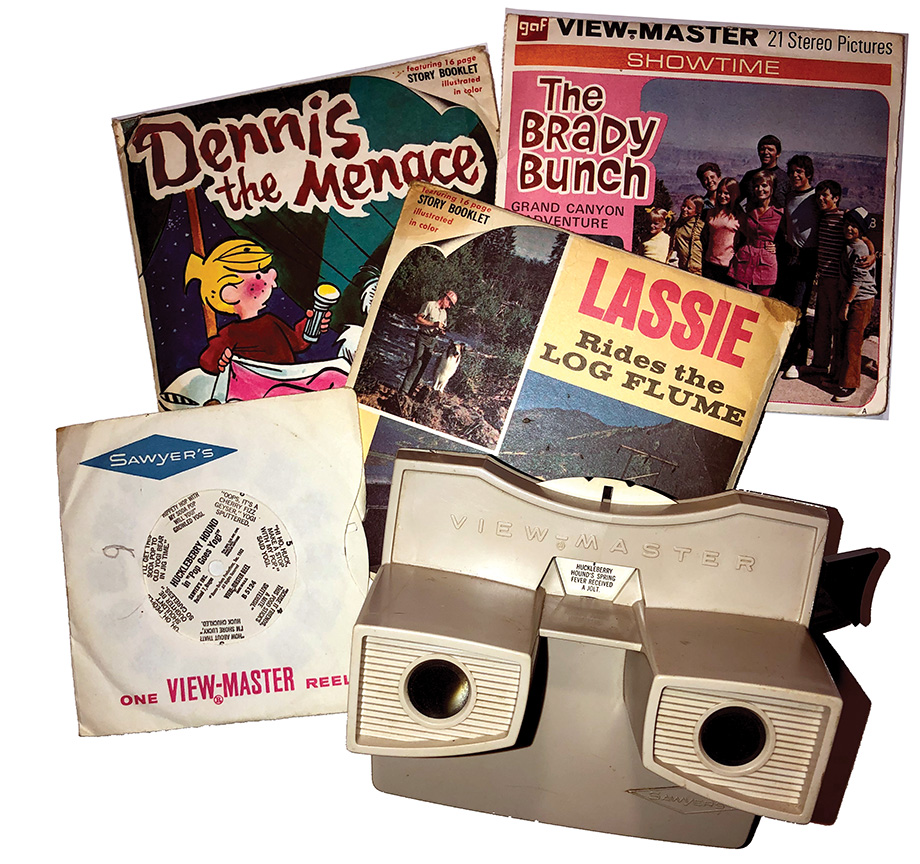
Dorri Partain
Northeast News
A chance encounter inside a cave led to the development of this long-time favorite toy.
Harold Graves, president of Sawyer’s Services Inc., was visiting Oregon Caves National Monument when he noticed photographer William Gruber trying a new technique to capture three-dimensional images.
Gruber had strapped two cameras together, each loaded with the newly-available Kodachrome color transparency film, with the idea to update the old stereoscope.
By taking photos of the same view at slightly different angles, the images, when viewed together, produced a 3D effect.
Sawyer’s Services was already producing scenic postcards and greeting cards, so Graves and Gruber combined their talents to produce the View-Master viewer and thin cardboard reels that contained the stereo images.
Introduced at the 1939 New York World’s Fair, the new viewer was an instant hit.
Sold at photography shops, stationary stores, and scenic-attraction gift shops, the first reels focused on scenic locations such as the Grand Canyon and Carlsbad Caverns.
During World War II, the United States military divisions purchased 100,000 viewers and produced specific reels for training purposes, especially the identification of enemy planes and ships.
In 1951, Sawyer’s purchased Tru-Vue, a rival product that additionally included the licensing rights for Walt Disney Studios stories and characters.
By the time Sawyer’s sold the View-Master line to GAF (General Aniline & Film) in 1966, the product line featured cartoon characters, fairy tales, world tours, television programs, and more to be enjoyed over and over for hours of family fun.
Single reels containing seven stereo images sold for 45 cents and three-reel packets cost $1.25.
During the years Sawyer’s and GAF produced reels, the packets also contained an illustrated booklet to expand the simplified storyline.
Basic viewers sold for $1.75, and electric projectors for large group presentations were available also.
Mattel purchased the View-Master line in 1997 and it entered the National Toy Hall of Fame in 1999.
Due to the consistency of the inner mechanism and design of the reels since 1939, even today any reel can be viewed in any viewer.



















